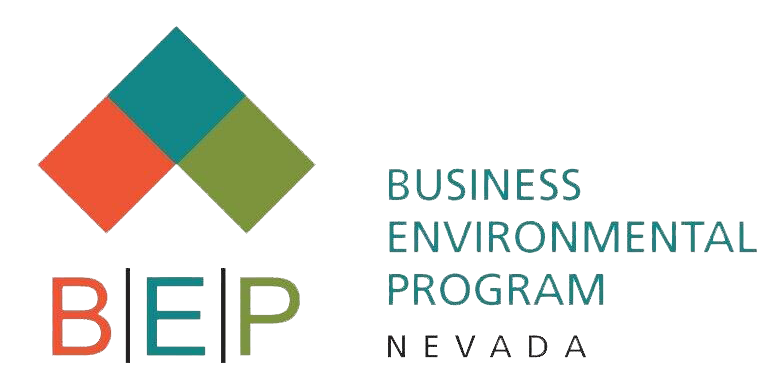BEP Offering Biennial Report Assistance – Virtual Workshop and Help Desk
If you are a Large Quantity Hazardous Waste Generator (LQG) and you missed our in-person workshops last month, you can now attend virtually! The Nevada Business Environmental Program is taking the workshop online on February 10th from 1pm to 2:30 pm. You can register here. This free online workshop will walk you through the steps of the RCRAInfo software. We will fill out an example of the Generation and Management Form and the Site ID form live. A representative from the Nevada Division of Environmental Protection will also …
Read MoreBEP Offering Biennial Report Assistance – Virtual Workshop and Help Desk
